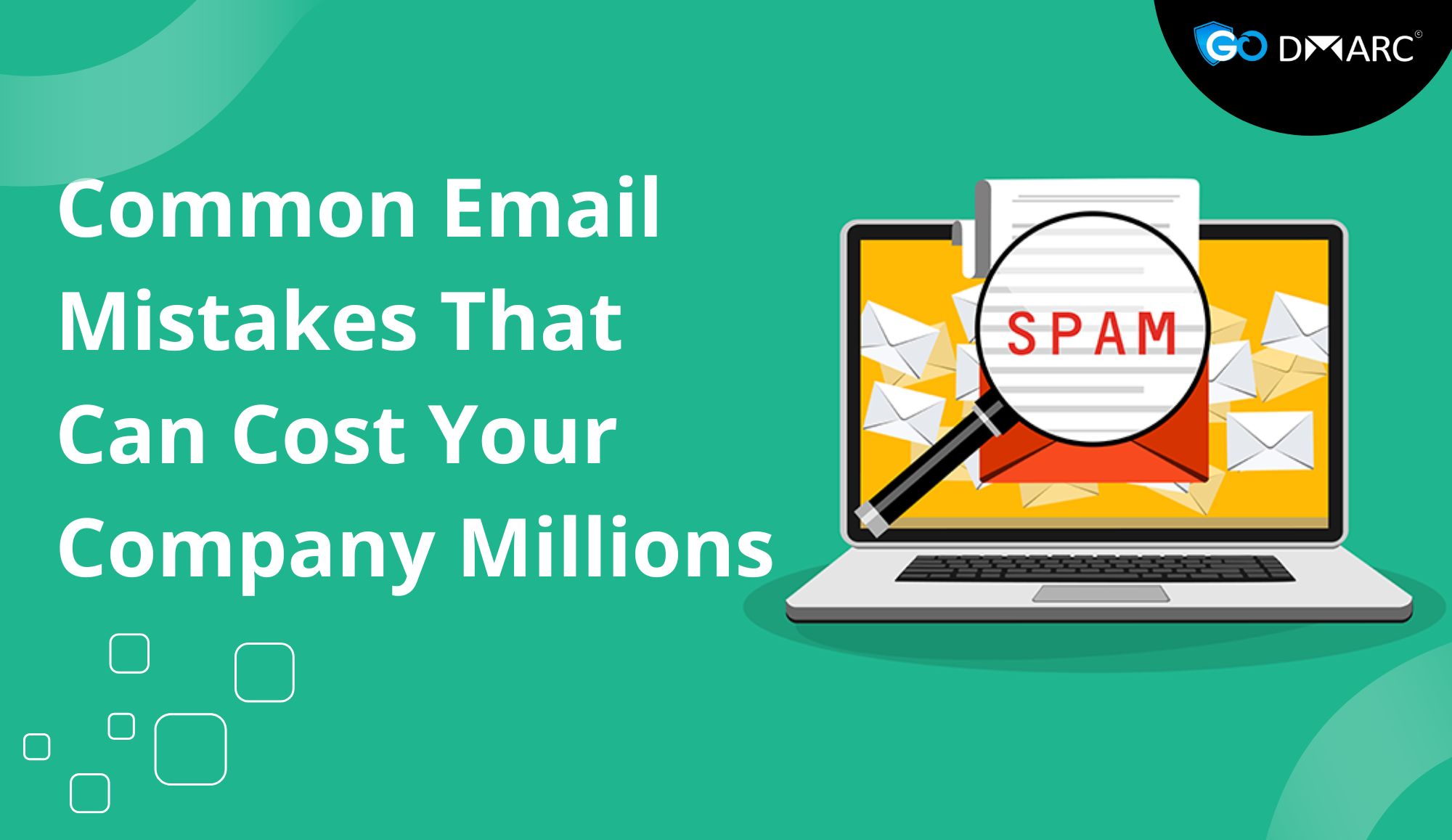Introduction
Email security is crucial in today’s digital landscape, and DMARC (Domain-based Message Authentication, Reporting, and Conformance) plays a significant role in preventing email spoofing and phishing attacks. However, many organizations make mistakes while implementing DMARC, which can lead to misconfigurations, email delivery issues, or ineffective protection.
To maximize the benefits of DMARC, avoiding common pitfalls is essential. This guide outlines the most frequent mistakes and provides best practices to ensure a seamless deployment.
1. Not Setting Up SPF and DKIM Properly
DMARC relies on Sender Policy Framework (SPF) and DomainKeys Identified Mail (DKIM) for authentication. Failing to configure these protocols correctly can lead to false positives and deliverability issues.
Best Practices:
- Ensure SPF records include all legitimate mail servers.
- Set up DKIM signatures for all outbound emails.
- Regularly test SPF and DKIM configurations.
- Use DMARC Records Lookup to validate SPF and DKIM alignment.
- Check SPF record limits to avoid exceeding the 10 DNS lookup limit.
2. Using a “p=none” Policy Indefinitely
Many organizations start with a “p=none” policy to monitor email activity. However, keeping this setting indefinitely defeats the purpose of DMARC, as it allows spoofed emails to pass through without restriction.
Best Practices:
- Use “p=none” only during the initial monitoring phase.
- Gradually enforce stricter policies (“p=quarantine” and “p=reject”) based on reports.
- Monitor DMARC reports to adjust policies effectively.
- Utilize DMARC Records Lookup tools to verify enforcement levels.
- Establish a timeline to transition to stricter policies within a reasonable period.
3. Misconfiguring DMARC Records
Incorrectly formatted DMARC records can cause the policy to be ignored by receiving mail servers. Some common formatting mistakes include missing semicolons, extra spaces, or incorrect tags.
Best Practices:
- Use an online DMARC record checker to validate configurations.
- Ensure the DMARC record follows the correct syntax.
- Test the record using DMARC Records Lookup tools.
- Regularly update records to align with changing email infrastructure.
- Double-check record publication using DNS querying tools.
4. Not Reviewing DMARC Reports Regularly
DMARC generates reports that help organizations analyze email activity and detect unauthorized sources. Ignoring these reports can lead to missed security threats.
Best Practices:
- Set up an email address to receive DMARC reports.
- Use visualization tools to interpret DMARC reports effectively.
- Regularly analyze data to detect anomalies.
- Identify potential spoofing attempts and unauthorized email sources.
- Automate report analysis for continuous monitoring and quick action.
5. Implementing DMARC Without Proper Alignment
For DMARC to work effectively, domain alignment with SPF and DKIM is crucial. If SPF and DKIM are not correctly aligned, legitimate emails might fail authentication.
Best Practices:
- Ensure that the domain in the “From” header matches the SPF domain.
- Align DKIM signing domains with the sender’s domain.
- Use DMARC Records Lookup to verify alignment.
- Configure relaxed or strict alignment based on business needs.
- Test different alignment settings before implementing policy changes.
6. Overlooking Subdomain Policies
By default, DMARC policies apply only to the main domain, leaving subdomains unprotected. If subdomains are used for sending emails, a lack of policies can create vulnerabilities.
Best Practices:
- Define a separate DMARC policy for subdomains.
- Set up SPF and DKIM for subdomains.
- Use DMARC Records Lookup to monitor subdomain compliance.
- Consider wildcard policies to cover multiple subdomains efficiently.
- Review subdomain usage periodically to ensure proper protection.
7. Setting an Aggressive Policy Too Soon
Jumping straight to “p=reject” without analyzing reports can lead to unintended email rejections, causing legitimate emails to bounce.
Best Practices:
- Start with “p=none” to gather data.
- Gradually transition to “p=quarantine” before enforcing “p=reject.”
- Monitor reports to make informed policy changes.
- Notify stakeholders before implementing stricter policies.
- Test changes in a controlled environment before widespread deployment.
8. Ignoring Third-Party Email Senders
Many organizations use third-party services to send emails (e.g., marketing platforms, CRM tools). If these services are not included in SPF and DKIM, their emails may fail authentication.
Best Practices:
- Identify all third-party email services used.
- Authorize them in SPF and configure DKIM signing.
- Regularly review authorized senders.
- Verify third-party compliance using DMARC Records Lookup.
- Work with vendors to ensure alignment with DMARC policies.
9. Not Using a Dedicated DMARC Records Lookup Tool
Failing to check DMARC records can result in unnoticed misconfigurations. Many organizations implement DMARC but never verify its correct functionality.
Best Practices:
- Use DMARC Records Lookup to validate policies.
- Regularly test the effectiveness of DMARC settings.
- Update records based on findings.
- Integrate lookup tools into security audits.
- Conduct periodic reviews to maintain optimal configurations.
10. Lack of Employee Awareness
DMARC implementation is a technical process, but employees should also be aware of email security best practices.
Best Practices:
- Educate employees about email authentication.
- Implement security awareness training.
- Encourage reporting of suspicious emails.
- Conduct phishing simulations to assess awareness.
- Establish clear guidelines for email communication.
11. Ignoring Forwarding and Mailing List Challenges
Email forwarding and mailing lists can interfere with DMARC authentication. Forwarded emails may fail SPF checks, causing legitimate messages to be rejected.
Best Practices:
- Implement ARC (Authenticated Received Chain) to handle forwarded emails.
- Work with mailing list providers to ensure proper DKIM signing.
- Monitor forwarding issues through DMARC reports.
- Adjust policies based on forwarding behavior.
- Consider exceptions for known forwarding scenarios.
Conclusion
Deploying DMARC correctly strengthens email security, but common mistakes can reduce its effectiveness. By avoiding these pitfalls and regularly reviewing configurations, organizations can enhance protection against email spoofing and phishing attacks.
Using DMARC Records Lookup tools ensures proper validation and monitoring, helping businesses stay secure in an evolving threat landscape.
A well-implemented DMARC policy not only improves email security but also enhances domain reputation and ensures trusted communication with clients and partners. Regular monitoring, gradual enforcement, and proper alignment with SPF and DKIM are key elements for successful DMARC deployment.




